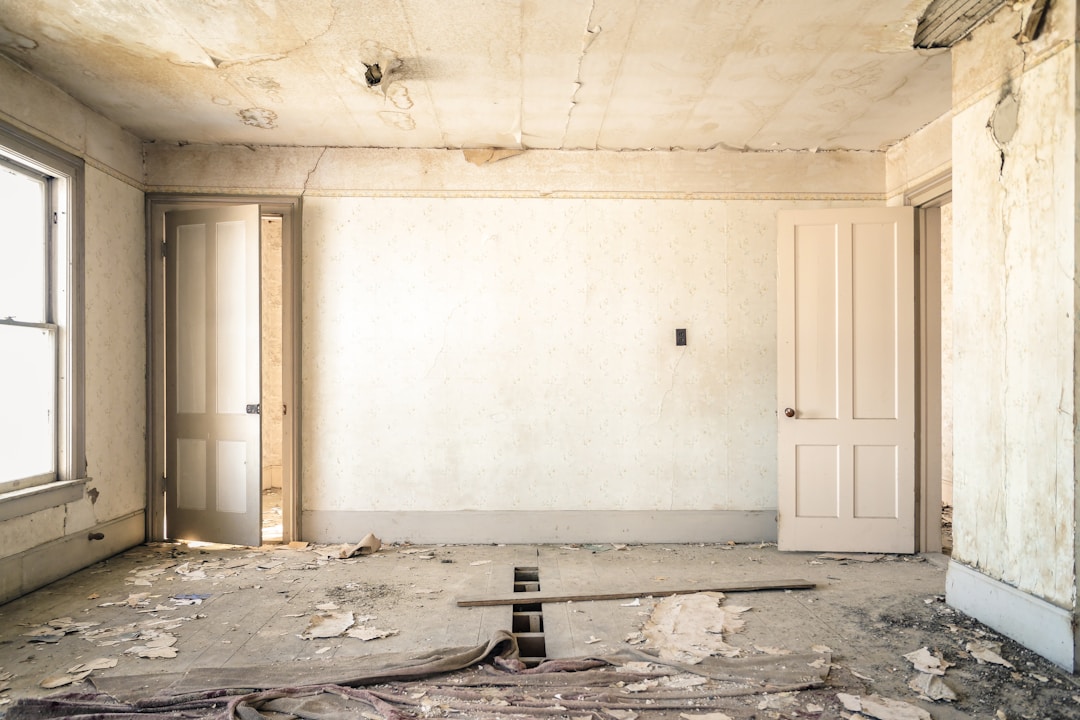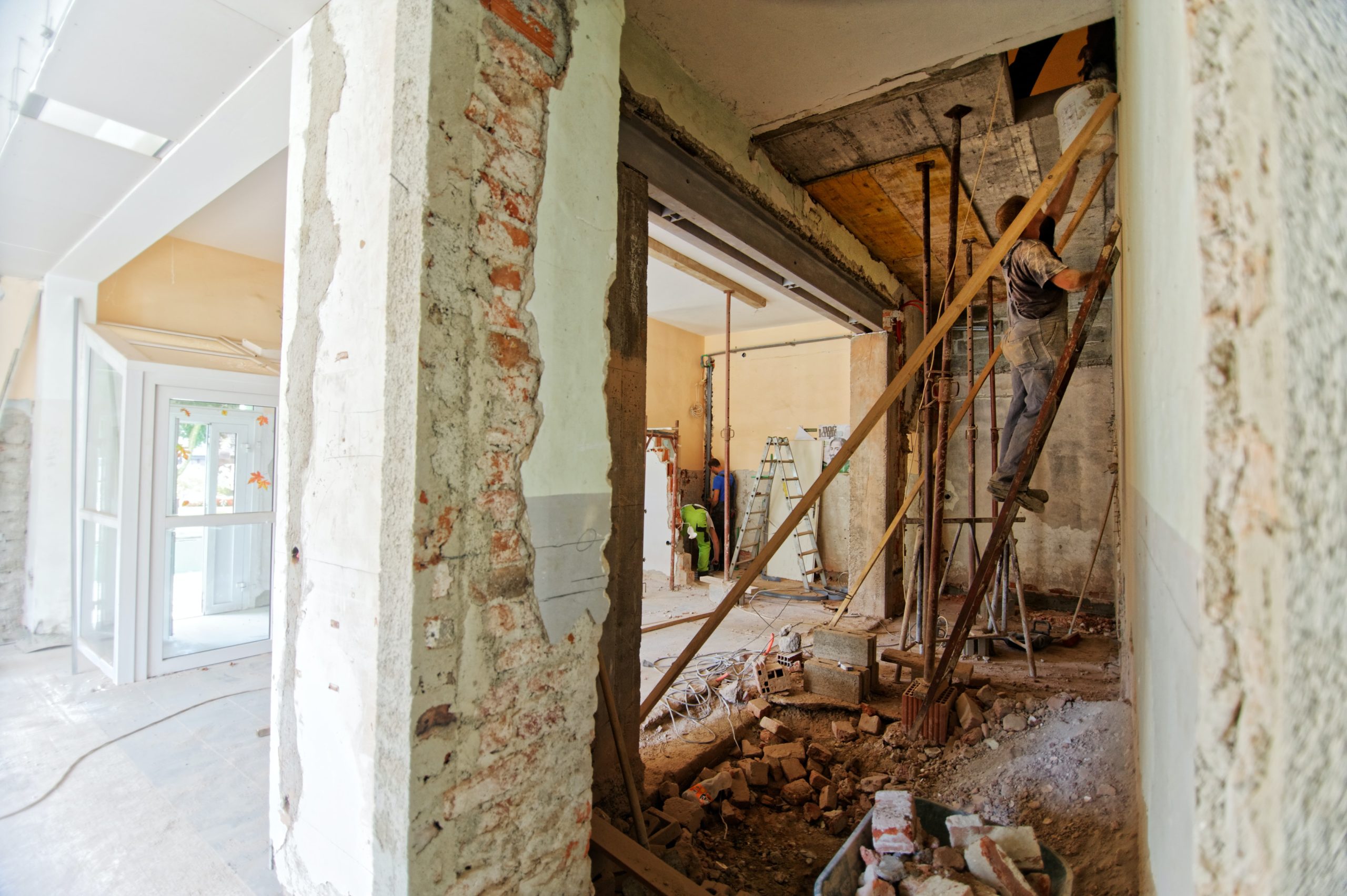Your home’s foundation—the concrete walls surrounding your basement or crawl space in your home—supports the entire weight of the structure. For this reason, homeowners are rightfully upset or alarmed when they discover their concrete has cracks. In addition to a cracked foundation, damages to essential home appliances or amenities, such as the chimney or heat exchanger, can be disruptive to the way your household functions.
It’s common for some homeowners to think the small cracks in their foundation or home amenities aren’t severe enough to require professional attention and that they can make a do-it-yourself (DIY) project out of repairing the gaps. However, when it comes to a cracked foundation, it’s best to be safe instead of sorry. The most effective and best way to guarantee that cracks don’t threaten the structural integrity of your foundation is to consult a structural engineer, contractor, or foundation expert. Likewise, you should call other professionals when gaps plague your appliances and home features. Described below are ways to address problematic cracks in your home.
Learn the different types of cracks and what they could mean for your home.

First, you should determine if any cracks in your foundation are cosmetic problems or indicate more extensive foundation issues. Various damages can plague your home—horizontal, vertical, step, and extensive cracks, as well as gaps in the ceilings, walls, and floors.
Horizontal cracks can occur in poured and block foundations and indicate that freeze-thaw cycles or hydrostatic pressure compromise your home’s structure. Hydrostatic pressure refers to groundwater, water from melted snow, or rain pressing against foundation walls from outside. This pressure may be strong enough to result in buckling walls, foundation cracks, and water seeping in and causing water damage. Vertical cracks—running top to bottom on the wall—may be warning signs that you have a broken footing for your foundation. This type of foundation repair could entail a complete excavation, all the way down, in cases where you have two or more vertical cracks.
A step crack refers to vertical and horizontal gaps between bricks or cinder blocks that resemble steps. Such a crack provides enough space for water to leak into the basement. Having such cracks and extensive ones in your concrete slab could cause your slab to become uneven, heave, or collapse. In such cases, a professional foundation specialist may recommend mud jacking—a process in which a contractor drills holes into the lower part of the slab and uses pressure for pumping concrete in and raising the slab to make it even. Mud jacking is a tall order that entails the concrete slab sitting on the ground.
Identify the telltale signs of cracks and consult skilled professionals.

An example of a problematic crack that could occur in a home is a cracked heat exchanger. The heat exchanger is a critical aspect of your furnace, responsible for taking the thermal energy it generates and transferring it to the air that circulates throughout your home.
Keep an eye out for signs of a crack. Increased soot production, for example, can be a good indicator of a cracked heat exchanger. More soot indicates there’s more carbon in your HVAC system, a problem that typically occurs when the heating system isn’t burning all the gas present inside. Other signs of damage and cracks include odors coming from the furnace and water pooling around it. Preventive steps to keep any of these problems from worsening include consulting a professional service to leverage the skills of a licensed technician and receive immediate assessment and fixes. Doing so can provide you with peace of mind and enable you to keep the features and foundation of your home strong without breaking the bank.





